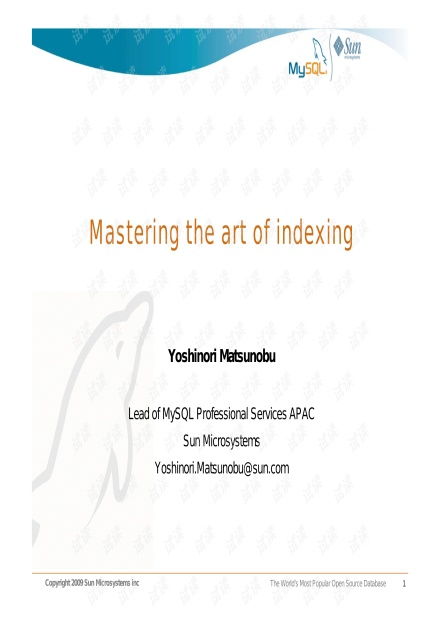Content:
Fishing in waters with excellent water quality can be an incredibly rewarding experience. The clarity of the water allows anglers to spot fish more easily, and the healthier ecosystem often leads to more abundant catches. However, fishing in such pristine conditions also demands a certain level of skill and understanding. In this article, we'll delve into the art of fishing in水质好 (shuǐ zhì hǎo) waters and provide you with essential techniques to help you land more fish.
Understanding Water Quality
First and foremost, it's crucial to understand why水质好 (shuǐ zhì hǎo) waters are so beneficial for fishing. High water quality often means lower levels of pollution, which in turn provides a more stable and nurturing environment for fish. These waters are typically rich in oxygen, which is essential for fish survival and health. Additionally, the visibility in such waters is often much higher, allowing anglers to spot fish from greater distances.
Choosing the Right Equipment
The right equipment can make a significant difference in your fishing success. Here are some key considerations:
Reel and Line: In水质好 (shuǐ zhì hǎo) waters, it's best to use a sensitive spinning reel and a light line. This allows you to detect subtle bites and avoid spooking the fish. Monofilament lines are a popular choice due to their flexibility and stretch.
Lures and Baits: The type of lure or bait you choose depends on the species of fish you're targeting. For example, small, natural-looking lures or live bait like worms or minnows can be effective. It's also important to match the color of your lure or bait to the natural surroundings.
Hooks: Use sharp, lightweight hooks to reduce the risk of fish injury. This is especially important in水质好 (shuǐ zhì hǎo) waters where fish are often more sensitive.
Fishing Techniques
Now that you have the right equipment, it's time to apply some effective fishing techniques:
Patience is Key: In水质好 (shuǐ zhì hǎo) waters, fish are often more cautious. Be patient and give your bait time to sink and move naturally.
Cast with Precision: In clear waters, it's crucial to cast with precision to avoid spooking the fish. Practice your casting technique and aim for a gentle, accurate delivery.
Adjust Your Approach: Be prepared to adjust your technique based on the fish's behavior. If you're not getting bites, try changing your lure type, color, or retrieve speed.

Fish the Structure: In水质好 (shuǐ zhì hǎo) waters, fish often congregate around structures such as rocks, logs, or vegetation. Look for these areas and focus your efforts there.
Read the Water: Pay attention to the water's movement and clarity. Fish may be more active during certain conditions, such as during low-light periods or on overcast days.
Tips for Catch and Release
If you're practicing catch and release in水质好 (shuǐ zhì hǎo) waters, it's important to handle the fish with care:
Use a Net: A fish net is the most gentle way to catch and release fish. It allows you to keep the fish in the water while you remove the hook.
Keep the Fish in the Water: Keep the fish in the water as much as possible. This helps them recover from the stress of being caught.
Use Knot Tying Techniques: Learn how to tie knots effectively to avoid damaging the fish's mouth and ensure a quick release.
Release the Fish Promptly: Once the fish is unhooked, release it as quickly as possible. The faster you can get them back in the water, the better their chances of survival.
Conclusion
Fishing in水质好 (shuǐ zhì hǎo) waters can be a delightful and challenging experience. By understanding the benefits of high water quality, choosing the right equipment, and applying effective techniques, you'll be well on your way to a successful fishing trip. Remember to practice catch and release responsibly to ensure the health and sustainability of these beautiful waters. Happy fishing!












